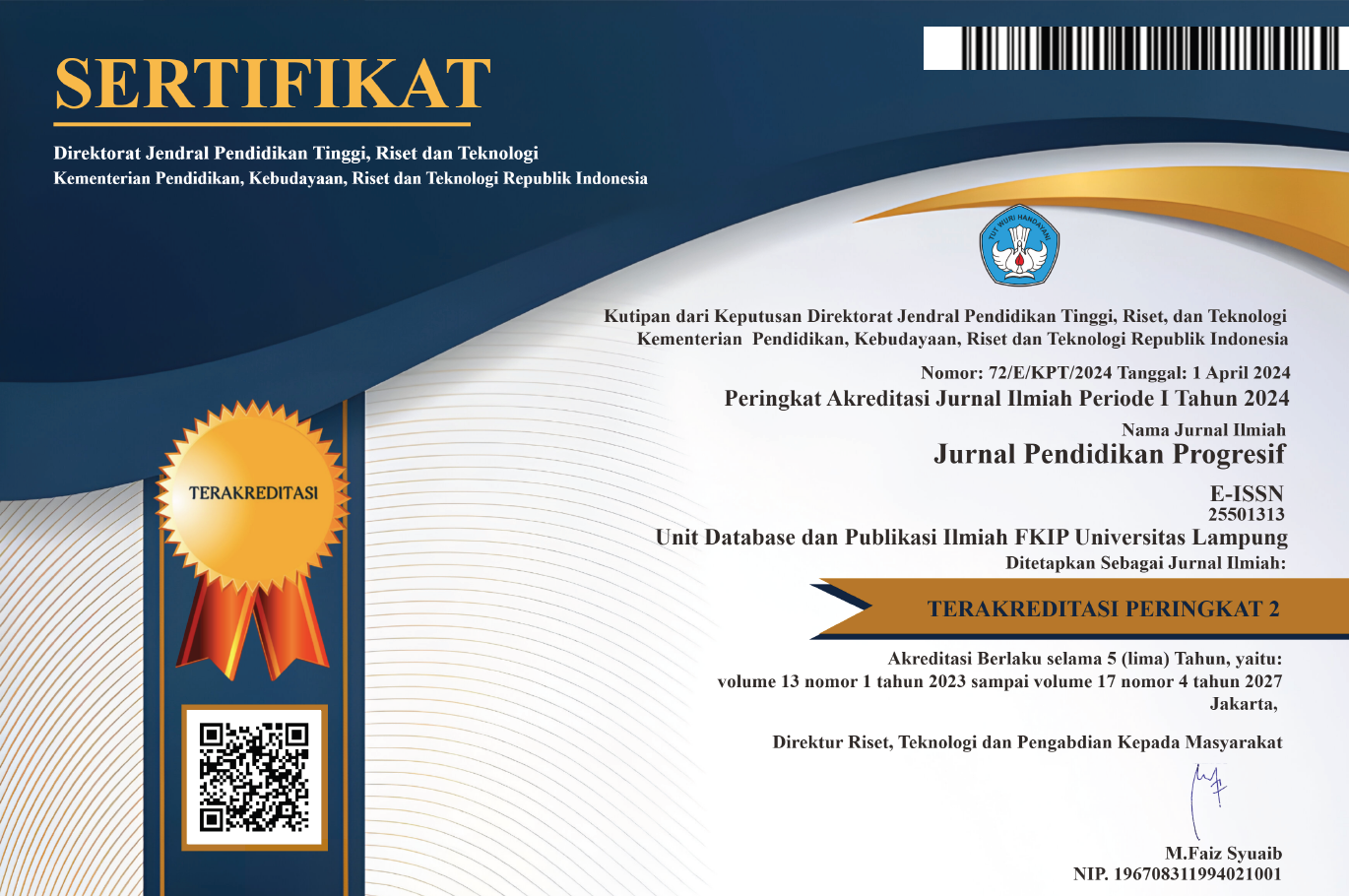Identifying Lecturer–Student Interaction and Preference Toward Four English Skills
| Metrics→ |
| Indexing Site→ |
Copyright (c) 2019 Suharyanto H Soro
Identifying lecturer–student interaction and preference toward four english skills. Objectives: The aim of this research was to find out the patterns of classroom interaction and preference toward four English skills for students of Islamic Financial Banking Department. Methods: The data collection procedures in the research were based on classroom participant observation, student interviews, and questionnaire. The language that used for student interviews was English, and sometimes combined with Indonesia language. The last instrument was questionnaire used to know the students’ preference toward four English skills. Findings: The findings of this research indicated that the classroom interaction can be created through mutual understanding and appriciating between lecturer and student, in form of the manner of lecturer’s performance in the classroom, presenting interested and motivated materials, and applying reinforcement. Conclusions: The students’ preference toward four English skills indicated that 61% students liked reading skill very much.
Keywords: Lecturer-student interaction, four english skills, interview.
Brown, D. H. (1994). Teaching by principles: An interactive approach to language pedagogy. Prentice Hall Regents; New York.
Carlo, M. S., August, D., McLaughlin, B., Snow, C. E., Dressler, C., Lippman, D. N., ... & White, C. E. (2004). Closing the gap: Addressing the vocabulary needs of English language learners in bilingual and mainstream classrooms. Reading Research Quarterly, 39(2), 188–215.
Chen, C. M., & Li, Y. L. (2010). Personalised context-aware ubiquitous learning system for supporting effective English vocabulary learning. Interactive Learning Environments, 18(4), 341–364.
Dagarin, M. (2004). Classroom interaction and communication strategies in learning English as a foreign language. ELOPE: English Language Overseas Perspectives and Enquiries, 1(1–2), 127–139.
Frenzel, A. C., Goetz, T., Lüdtke, O., Pekrun, R., & Sutton, R. E. (2009). Emotional transmission in the classroom: Exploring the relationship between teacher and student enjoyment. Journal of Educational Psychology, 101(3), 705.
Gibbons, P. (2003). Mediating language learning: Teacher interactions with ESL students in a content-based classroom. TESOL Quarterly, 37(2), 247–273.
Goldenberg, C. (2008). Teaching English language learners: What the research does—and does not—say. ESED 5234 - Master List, 27. Georgia Southern University. Retrieved from: https://digitalcommons.georgiasouthern.edu/esed5234-master/27
Hall, J. K., & Walsh, M. (2002). Teacher–student interaction and language learning. Annual Review of Applied Linguistics, 22, 186.
Matsumoto, Y. (2011). Successful ELF communications and implications for ELT: Sequential analysis of ELF pronunciation negotiation strategies. The Modern Language Journal, 95(1), 97–114.
Mercer, N. (2010). The analysis of classroom talk: Methods and methodologies. British Journal of Educational Psychology, 80(1), 1–14.
Nugent, T. (2009). The impact of teacher–student interaction on student motivation and achievement. Electronic Theses and Dissertations, 3860. Retrieved from: https://stars.library.ucf.edu/etd/3860
Pianta, R. C., Hamre, B. K., & Allen, J. P. (2012). Teacher–student relationships and engagement: Conceptualizing, measuring, and improving the capacity of classroom interactions. In Handbook of research on student engagement (pp. 365–386). Springer, Boston, MA.
She, H. C., & Fisher, D. (2002). Teacher communication behavior and its association with students’ cognitive and attitudinal outcomes in science in Taiwan. Journal of Research in Science Teaching: The Official Journal of the National Association for Research in Science Teaching, 39(1), 63–78.
Sukarni, S., & Ulfah, S. (2015). An analysis of teacher and student talk in the classroom interaction of the eighth grade of SMP Negeri 18 Purworejo. Vision: Journal for Language and Foreign Language Learning, 4(2), 261–277.
Willis, J. (2013). Inner and outer: Spoken discourse in the language classroom. In Advances in spoken discourse analysis (pp. 168–188). Routledge.
Yamanaka, N. (2006). An evaluation of English textbooks in Japan from the viewpoint of nations in the inner, outer, and expanding circles. JALT Journal, 28(1), 57.
Refbacks
- There are currently no refbacks.

This work is licensed under a Creative Commons Attribution-ShareAlike 4.0 International License.
View My Stats



 Country:
Country: